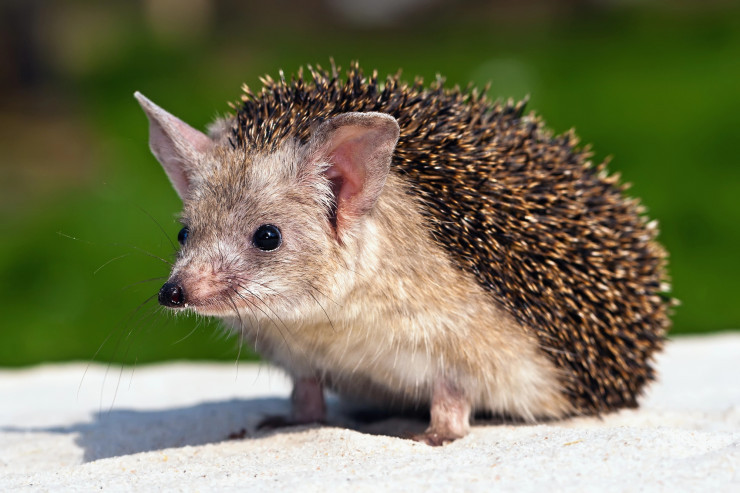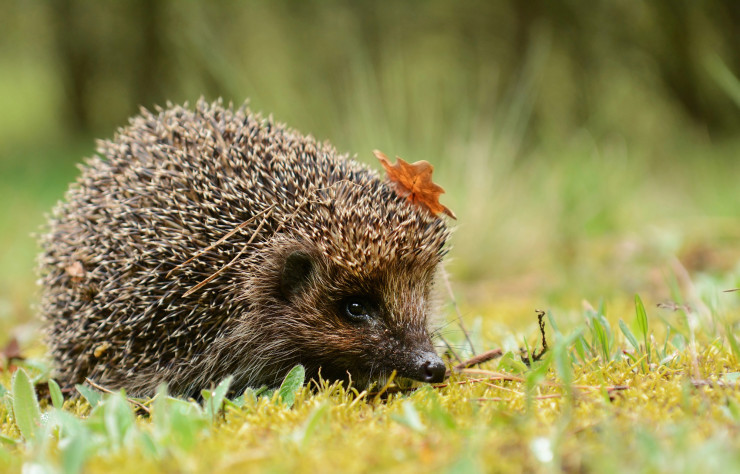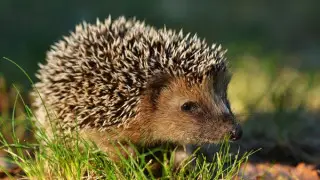Tengrinews.kz - The global population of hedgehogs is raising serious concerns among conservationists. According to their data, the number of these mammals has decreased by 30 percent worldwide. Hedgehogs have shifted from the "least concern" category to "near threatened," as reported by the Irish Examine.
According to conservationists, hedgehogs have found themselves in this position due to increasing human pressure. Animals are dying due to human activity: agricultural lands are treated with aggressive pesticides that negatively affect their population, and the species is also declining due to extensive development of their habitats.
Any further deterioration of the situation could lead to hedgehogs being listed as an endangered species worldwide, animal protection advocates assert.
 A long-eared hedgehog. Photo: depositphotos.com
A long-eared hedgehog. Photo: depositphotos.com
Hedgehogs in Kazakhstan
Hedgehogs are found in various regions of Kazakhstan, including steppes, semi-deserts, forested areas, and foothills. The most common species are the European hedgehog and the long-eared hedgehog. The European hedgehog prefers forest-steppe and steppe zones and can be found in the western and northern regions of the country. This species is often spotted near bodies of water and in areas with dense vegetation.
 European hedgehog. Photo: depositphotos.com
European hedgehog. Photo: depositphotos.com
The long-eared hedgehog, adapted to arid conditions, inhabits the semi-deserts and steppes of southern and central Kazakhstan. This species prefers open spaces and is frequently found in the Turkestan region, in the foothills of the Tian Shan and Karatau mountains, where it lives in desert and semi-desert conditions.
Both species are nocturnal, lead a solitary lifestyle, and choose locations where they can hide in burrows, under shrubs, or among rocks.
Read also: Over 130 animal species on the brink of extinction in Kazakhstan

